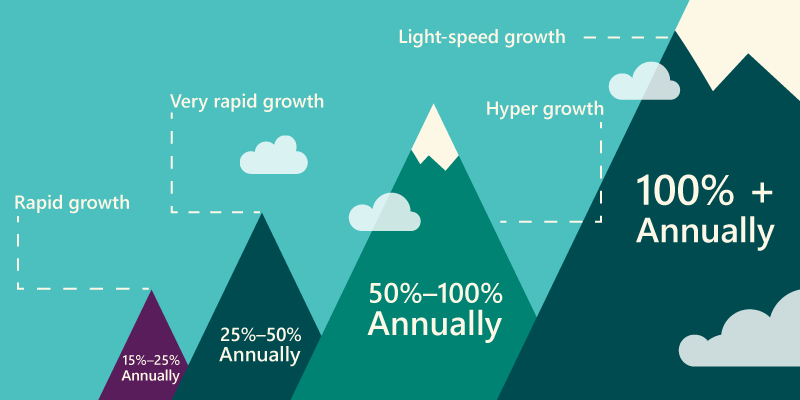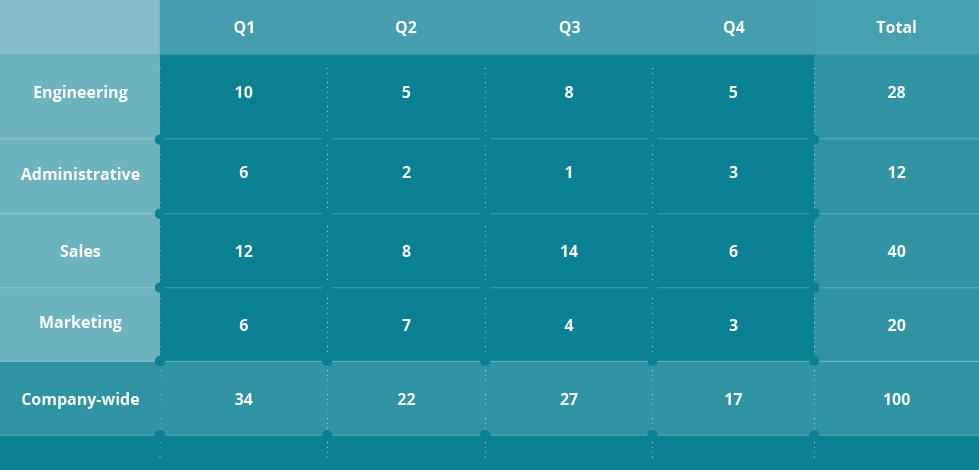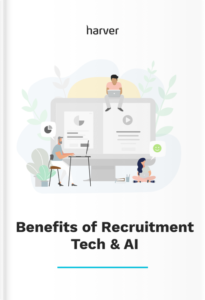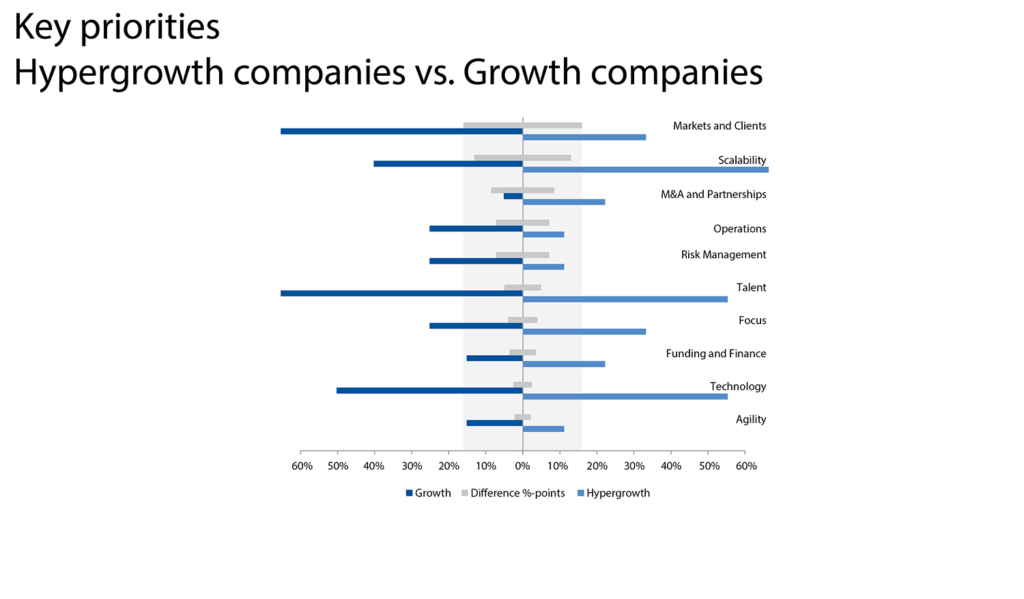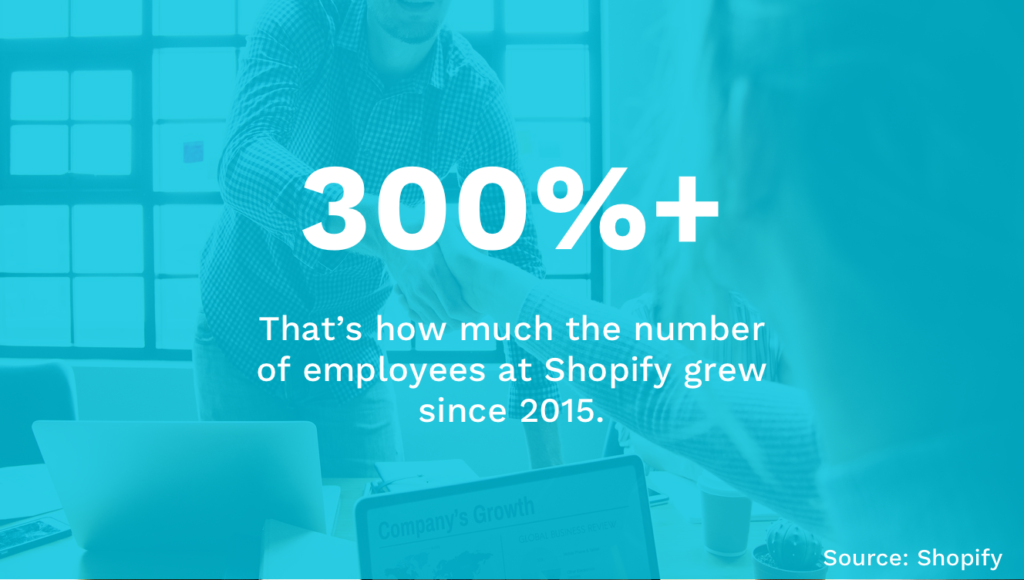The growth phase is one of the most interesting and challenging phases for a company. How you perform and scale during this stage determines your company’s future. And because people and teams lie at the center of such growth, your hiring strategy becomes uber-critical during this expansion stage.
Accuracy in estimating your hiring needs, establishing an optimized hiring process, and taking steps to attract the best candidates are some of the things you need to do to make sure that your hyper-growth hiring strategy actually brings you the best-in-class talents.
In this article, we’ll see all these hiring tips and more for companies that are in the hyper-growth stage. But before we see those, let’s understand what a growth company really means.
Here’s one definition of a growth company (via Investopedia):
“A growth company is any company whose business generates significant positive cash flows or earnings, which increase at significantly faster rates than the overall economy.”
While these hiring tips are aimed mainly at companies experiencing extraordinary growth, in general, they’re good practices that any company can use, especially if their hiring needs increase.
So, how to improve your hyper-growth hiring strategy?
- Understand your unique hiring challenges
- Evaluate your hiring needs
- Plan your hiring timeline
- Calculate your hiring costs and the time to hire
- Establish a structured hiring process
- Develop a set of diverse candidate sources
- Learn from the companies that are exactly where you are
Like what you see?
Don’t miss out. Subscribe to our quarterly digest to get the latest TA and TM resources delivered right to your inbox.
1. Understand your unique hiring challenges
Typically a growth company grows “faster than expected” OR “faster than the average industry growth rate.”
Which means that hiring needs are somewhat unplanned and arise almost suddenly, as you weren’t expecting such growth in the first place.
This can lead to a lot of commotion as you might unexpectedly feel that you’re short of a lot of staff and that you need to hire many people as soon as possible.
Companies in hyper growth or even light-speed growth encounter specific challenges when it comes to hiring.
While it’s true that increased hiring needs emerge almost abruptly in high-growth startups, rushing through the hiring process isn’t the solution.
Hiring needs careful consideration, despite the urgency that the exceptional growth rate imposes.
Besides, many companies that hit the hyper-growth stage do so very rapidly. And so unless the founding team has serial entrepreneurs with experience building and growing teams for high-growth companies, they likely won’t have the recruiting expertise such situations demand.
Also, because high-growth companies grow quickly, not much of their time is invested in building or defining a company culture (unless it’s prioritized from the beginning).
Furthermore, growing companies have to compete for talent with much better-known organizations, so they have to be extra smart with getting good job candidates in.
All this means that if you’ve disrupted your industry and are growing at rapid pace every year, you (generally) don’t have a head start when it comes to recruiting. And what you need is a customized hyper-growth hiring strategy.
So start with this acknowledgment that there’s a lot to do on the hiring front and that it’s critical to maintain the growth rate.
2. Evaluate your hiring needs
Haven’t all of us seen fast-growing companies that hired too many employees too soon?
Sadly it’s very common for expanding companies to overestimate their hiring needs and recruit based on that. This could be called “very optimistic” or “over-enthusiastic” hiring that doesn’t always work out.
And then what follows are too many layoffs.
A steadily growing company, Buffer, experienced exactly this. In 2016, they had to let go of 10 of their employees (that made about 11% of their company size back then!). Buffer’s founder, Joel Gascoigne explained that their hiring pace outpaced their growth pace:
[…] we grew the team too big, too fast. We thought we were being mindful about balancing the pace of our hiring with our revenue growth. We weren’t. — Joel Gascoigne from Buffer
Such lapse in making hiring estimates has two horrible consequences:
1. Your employer branding is hurt. Since you’re a growing business, you’ll certainly have to continue recruiting people sooner or later. And if you’ve got a history of layoffs, a lot of quality candidates would simply ignore applying to your jobs as such layoffs make you look like an irresponsible employer.
2. Such layoffs could become speed breakers in your growth journey. Such experiences can be very demoralizing for your employees and can crush their morale thereby causing growth slumps.
Besides, if you can’t handle such a situation as transparently and sensibly as Buffer, you’d need a long, long time to recover from it.
So plan your hyper-growth hiring strategy responsibly by carefully evaluating your hiring needs.
Also, do factor in your employee turnover rate when making your hiring need estimations.
So, if you estimate that you’ll need to be 1,000-employee strong this year to keep up with the high-growth phase, and assuming that you’re currently at 700 employees, you’ll need another 300 to get to the 1,000-employee mark.
BUT that would be true only if none of your current employees leave you the whole year.
Now because the average employee turnover rate hovers around 10%, you can expect to lose about 70 of your employees.
So that means, you’ll have to plan on hiring 370 (and not 300) employees to maintain your growth.
You get the idea, right?
3. Plan your hiring timeline
Once you get a reasonable idea into the positions you actually need to hire for, prioritize your hiring.
0For example, if you plan on expanding your offerings to capitalize on an upcoming market trend, you might need to plan the product and engineering team before you get to the marketing hiring needs.
Likewise, if you’re looking to optimize your revenue channels, you might want to prioritize hiring marketing people over engineering people. More hiring on the latter could be pushed to the later quarters of the year.
Planning a simple quarter-wise hiring plan could help you prioritize much better:
4. Calculate your hiring costs and the time to hire
Once you know the positions you’ll need to be hiring for, it’s time to calculate what cost filling each position would incur.
This is also called as the average cost per hire.
The average cost per hire metric tells you how much you spend on average on making a hire.
Cost per hire is usually pretty high and just about 25% of companies manage to make a hire in $500 or less.
You must be very mindful of this metric as a high cost per hire (unless the quality of hire is also high) can use up a lot of your funds that could otherwise be used to fuel the more growth-critical operations.
The average cost to hire metric takes into account your several hiring or recruitment expenses such as the cost of your recruitment tools (for example, an applicant tracking system, pre-employment assessment platforms, interviewing tools, etc.), the expenses for posting your listings on the different job boards, and fees for conducting/attending hiring events.
It also includes the salaries of your full-time or part-time or contract recruiters and hiring managers.
Workable has created an easy calculator to help you figure out your average cost to hire (just enter your hiring details and you should be set!).
You can also use this formula:
In addition to tracking this metric, also learn your average time to hire. Calculate time to hire using this formula:
Once you know time to hire per each hire, divide it by total number of hires to get your average time to hire.
Reportedly, about 70% of companies take one to four months to make a hire. Obviously, as a growing business, you can’t have a position vacant for this long. Here are some tips to reduce your time to hire you can implement fairly easily.
How AI & recruitment technology is changing recruiting experience
Find out how tech has helped other companies grow by enhancing both the recruiters’ and candidates’ experience!
5. Establish a structured hiring process
Adam Robinson — author of the book The Best Team Wins and a top keynote speaker on all things recruiting and management says that 90% of companies lack a structured hiring process.
Among all the other things that result from the lack of a structured or documented hiring process, the bad hires it brings to your company can hurt you the most. Bad hires don’t just cause massive financial losses (costing anywhere between $7,000 to $40,000) but they can also jeopardize your company’s growth rate.
A longer time to hire, a high turnover rate, and a higher cost per hire are other issues that almost always result from ad hoc hiring methods.
So how do you build a winning hiring process for your rapidly growing business?
Well, to start with, check out these tips for a successful employee selection process.
You can also get inspiration from these excellent books on hiring that will teach you the exact steps you need to take to build an optimized hiring process that matches the hiring needs for your growing business.
Don’t worry about getting everything right in your hiring process in the first go — you can optimize with each hire you make.
(You can also subscribe to these hiring blogs to stay on top of the best and modern hiring practices.)
Talent is among top 3 priorities in both growth and hyper growth companies.
6. Develop a set of diverse candidate sources
For a growing company like yours, you need hyper-competitive people who don’t just keep up with the pace of growth but also have the drive to take it forward.
Which means, tapping into pools of talented candidates is super-important.
Here are a few ways to build or hack into all these talent bases:
- Creating an employee referral program. Employees are a great source of quality candidates. So start seeking referrals from your employees.
- Building a talent pool of your own. Depending on the hiring resources you’ve got at hand and based on your annual hiring priorities, you could start connecting with the skilled people on LinkedIn and other talent communities.
- Engaging sourcers. Sourcers can also help you find and qualify candidates for your jobs.
In addition to these, build a strong employer branding. A strong employer branding is the single most effective “inbound” sourcing tactic that can make your hyper-growth hiring strategy 10x more effective.
7. Learn from the companies that are exactly where you are
Hiring needs and challenges of a company that’s experiencing hyper-growth vary greatly from an enterprise or from a startup.
And simply put: there’s no one general hiring process that works for all.
This means that as a company in this specific growth phase, you can learn a lot from companies that are just where you are — in their expanding phases. So, look at the different high-growth companies from your niche or industry and evaluate all that they’re doing hiring-wise. (You can check out Inc’s list of the fastest-growing companies to discover a few from your industry.)
To start with:
Look at their careers page. Notice how it’s structured, its use of copy and visuals, its overall feel, etc.
Read their job ads. Do you notice anything that stands out in their job ads? What benefits do they offer?
Find out if they post on a few select job boards. If they do, these job boards might get quality candidates for you too.
And so on. The idea is to learn all that you can about how they’re approaching hiring at this point in their growth story.
For instance, check out how Shopify, a Canadian e-commerce company, set out to attract Millennial talent and looked beyond engineering departments to find its early hires.
Wrapping it up
Don’t forget that the employee journey just starts with your hyper-growth hiring strategy. Think about what happens once a candidate is hired, i.e., the employee onboarding experience. This experience, too, needs to be optimized so that the new team members don’t just connect with the team quickly but also learn all they need to support your growth goals. And that all the effort and resources you spent on hiring them weren’t spent in vain.
In addition to these tips, you must consistently invest some time and effort into building your company culture and employer branding.
These elements will go a long way in attracting the right candidates to your company when you’re ready to mature into something bigger. And they’re pretty easy to miss if growth operations take all your time. So don’t forget these in your growth-mode hustling.
How AI & recruitment technology is changing recruiting experience
Find out how tech has helped other companies grow by enhancing both the recruiters’ and candidates’ experience!

